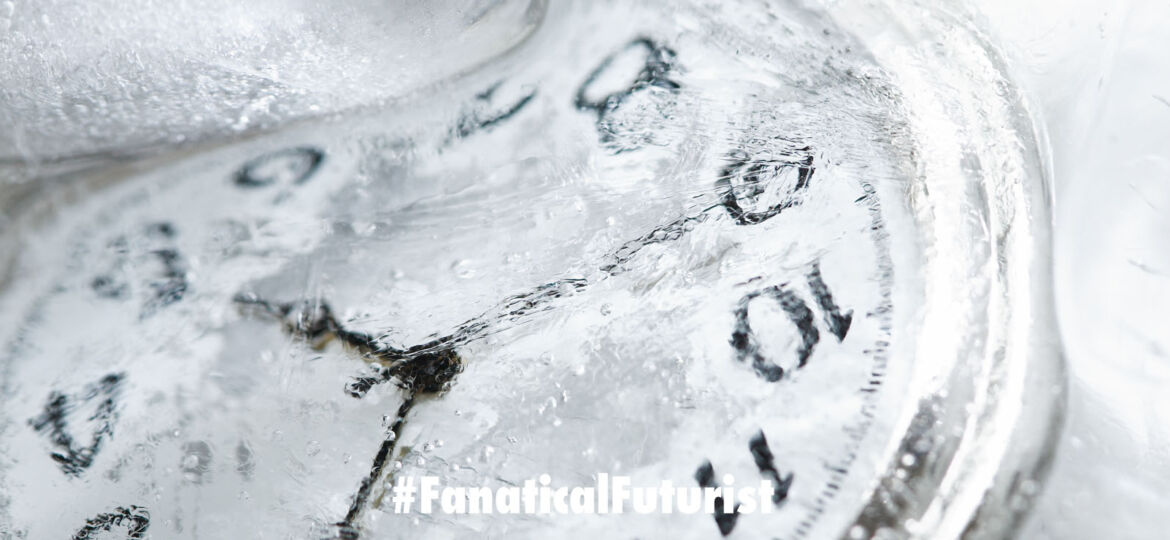
WHY THIS MATTERS IN BRIEF
Putting humans into suspended animation would give surgeons more time to operate on critical patients, and help us colonise far off worlds, and we’re getting closer to it.
 Interested in the Exponential Future? Join our XPotential Community, connect, watch a keynote, or browse my blog.
Interested in the Exponential Future? Join our XPotential Community, connect, watch a keynote, or browse my blog.
As humanity continues to look at the stars and put plans in place to colonise Mars and explore interstellar space one of the greatest challenges to overcome is how to help humans survive the journeys and the harsh environments they’ll encounter. And, so far, there have been plenty of suggestions, from NASA’s photosynthesising genetically engineered astronauts through to the ability to put humans into suspended animation.
While there have been breakthroughs in both areas, for example with scientists managing to genetically alter people’s DNA to cure inherited diseases and create designer babies, when it comes to the latter scientists are now starting to get closer to being able to put people into hyper sleep – albeit still a long way off even after a breakthrough that saw scientists put mice embryos as well as human livers into suspended animation.
Two groups of researchers have independently discovered a “brain switch” that makes starving mice enter a hibernation-like state to save energy. They hope it may be possible to induce similar states in people.
“Suspended animation could transform medicine and open the door to fantastic possibilities such as space travel and life extension,” says Sinisa Hrvatin at Harvard Medical School, the same school that’s closing in on being able to create artificial humans from 2036.
Many birds and mammals, from hummingbirds to lemurs, lower their body temperature and enter a state of suspended animation as a way to survive when times are tough. Some hibernate through winters, others enter a state called torpor for hours or days to save energy.
Mice normally enter torpor only when they run out of food, but Hrvatin’s team genetically engineered some of these animals so that the researchers could control the activity of certain neurons by injecting a chemical. The team showed that stimulating specific clusters of neurons in the hypothalamus can induce a torpor-like state in the mice, even in those that are well fed, and that inhibiting these cells prevents mice entering torpor.
In a separate study, Takeshi Sakurai at the University of Tsukuba in Japan identified the same brain switch using a different approach. Sakurai and his team looked for neurons in mice that produce a short protein called QRFP, which previous studies had suggested was linked to torpor. They found that stimulating these neurons induced that state. They also found that stimulating the equivalent neurons in rats had the same effect, even though rats don’t enter torpor normally.
Being able to induce a similar state in people could have many uses in medicine, helping to treat everything from cancer to strokes and injuries, but it isn’t clear whether this brain switch also exists in humans.
“We don’t know if humans have the same cells, and we don’t know if stimulating them would have the same effect,” Hrvatin says, “but that’s going to be the study of our future work.”
Journal references: Nature, DOI: 10.1038/s41586-020-2163-6; 10.1038/s41586-020-2387-5















